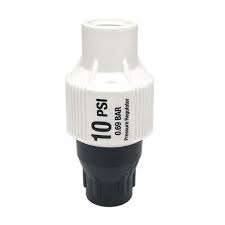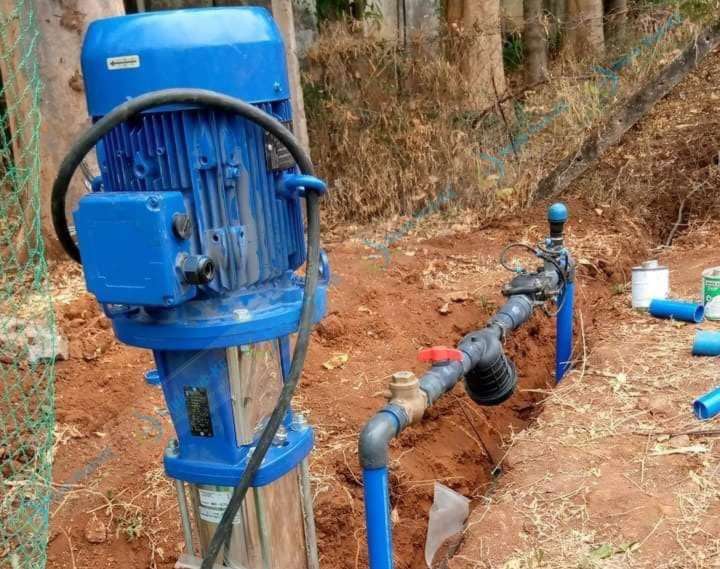Pressure Regulators for Drip Irrigation

Pressure regulators are devices that regulate the pressure rate of water distribution from the mainline supply in a drip irrigation system. They are also known as Pressure Reducing valves as they work to reduce the water pressure entering the driplines.
Drip Irrigation Systems in Kenya
Get quality drip irrigation kits inclusive of pressure regulators or valves at affordable rates in Kenya. Remember we also conduct installation as per your water needs.
Call 0790719020
Features of a Pressure Regulator
- Has an inlet port
- Throttling system or T-stem
- Diaphragm
- Spring
- Fixed seat
- Outlet section
Pressure Requirement in Drip Irrigation
Drip irrigation requires a low water pressure for precise irrigation can be as low 10 to 30 psi. The pressure of flow in drip irrigation can be achieved by setting up a water source ( tank) on a raised point.
Gravitational flow may not be sufficient for hilly terrains and may necessitate use of pumps to drive water uphill. In such applications, you need pressure valves to reduce the water pressure flow to prevent system damage.
Pressure Regulator Considerations for Different Dripline Types
The pressure rate recommendation varies according to the wall thickness of a dripline.
Thin-walled drip tapes requires a pressure regulator with a maximum pressure of 15 psi.
Other types mostly work with 25 psi pressure regulators.

Types of Pressure Regulators
Pressure reducing valves can be adjustable or non-adjustable in the water pressure control ability.
All are applicable in drip irrigation systems.
Adjustable Pressure Regulators
- Consists of a valve that enhances adjustment of the flow rate and pressure of the water supply.
- Has a higher efficiency since they are more accurate compared to non-adjustable types. They are a bit expensive to purchase.
- Suitable for use in large drip irrigation or agricultural areas.
Non-adjustable Pressure valves
- Comes with a manufacturer’s set pressure and flow rate range. The devices cannot operate if the pressure of the system is not within the set range.
- Made of plastic materials.
- Cheaper than adjustable types.
- Suitable for smaller areas with less than 3 control valves.
How a Pressure Reducing Valves Work
High pressure water enters through the inlet part and triggers the diaphragm causing the spring to compress. Spring compression presses the t-stem toward the seat making the opening near the seat close enough to achieve the right amount of pressure and flow.
Benefits of Pressure Valves in a Drip Irrigation System
A pressure regulator is an essential component of your drip irrigation as it ensures constant water pressure.
Water flow under constant pressure ensures balance in flow rate distribution in each plant root zones.
With pressure valves, water use efficiency is high as excess or underirrigation is minimized.
Applying pressure regulators safeguards the system and driplines from possible damage or leakages. The system will surely operate for a longer lifespan as the efficiency is increased.
Frequently Asked Questions
What are the Common Causes of Leaks in a Pressure Reducers?
Cracks on the pressure valves may result to constant water leaks.
How do you Identify a faulty pressure Regulator?
Check if there is a constant water leakage from the pressure regulator. Observe where the leaks are occurring in the regulator. A normal functioning pressure regulator allows minor water leaks.
How does pressure regulators affect the flow rate?
It reduces the pressure of water flow and in the end lowers the standard flow rate.
Are Pressure regulators essential in drip irrigation installation?
No. You can install your drip irrigation without a pressure reducer if you are sure of constant pressure and flow rate on your system. It depends on the drip layout and land topography, if it attains a consistent flow, you can do without.
